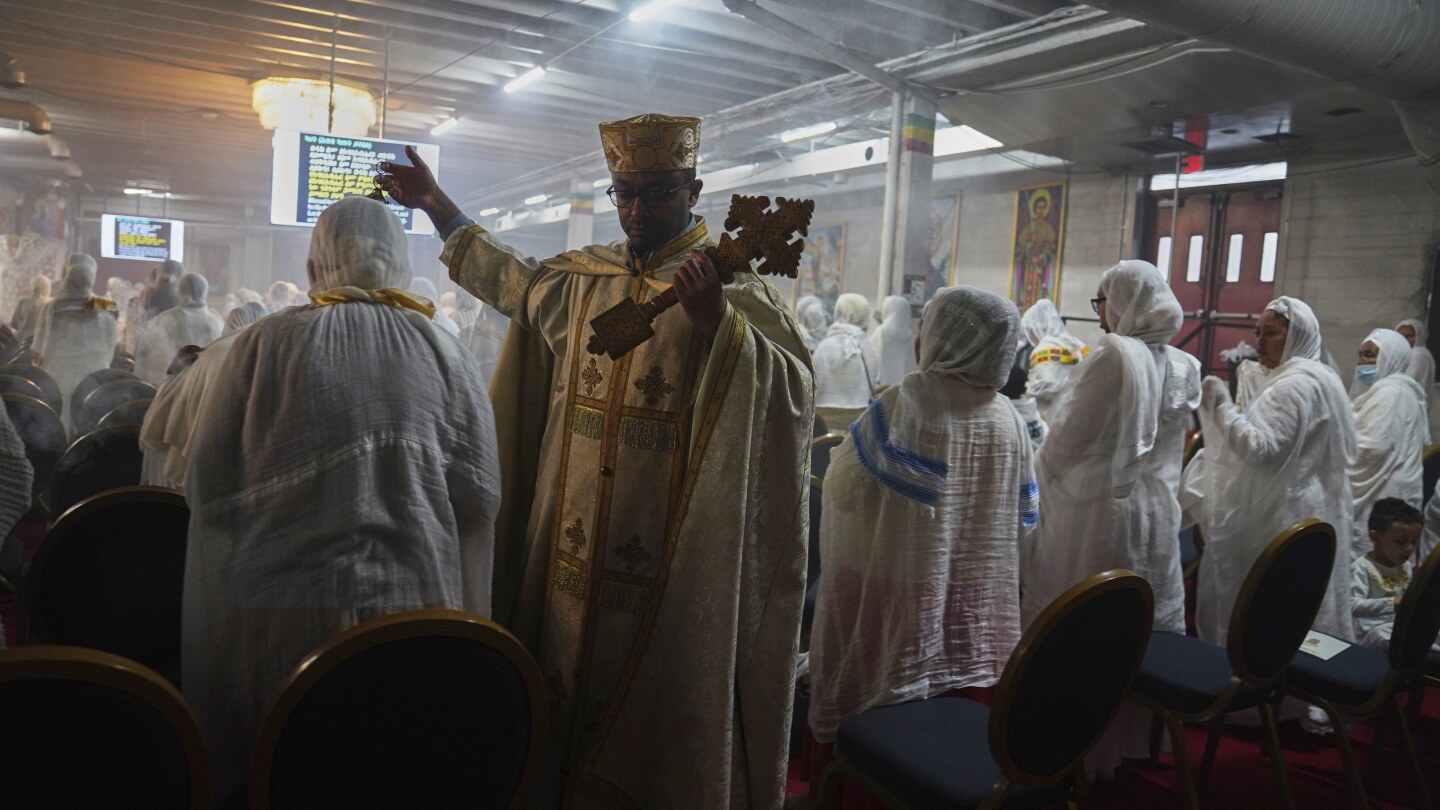Faith in the Capital: How One Ethiopian Orthodox Church Keeps Ancient Traditions Alive in Modern America

In the heart of Washington, D.C., a vibrant scene unfolds at the DSK Mariam Church, where hundreds of Ethiopian worshippers converge in a powerful display of faith. Dressed in pristine white tunics that symbolize purity and devotion, the congregation comes together to participate in a deeply spiritual ritual. Their voices rise in harmonious chants, echoing an ancient liturgical language that connects them to one of Christianity's most venerable traditions.
This gathering represents more than just a religious service; it is a living testament to the rich cultural heritage of Ethiopian Orthodox Christianity, a branch of the faith that traces its roots back to the earliest days of Christian worship. The rhythmic chants and traditional attire transport participants and observers alike to a timeless spiritual landscape, bridging centuries of religious practice and cultural identity.
